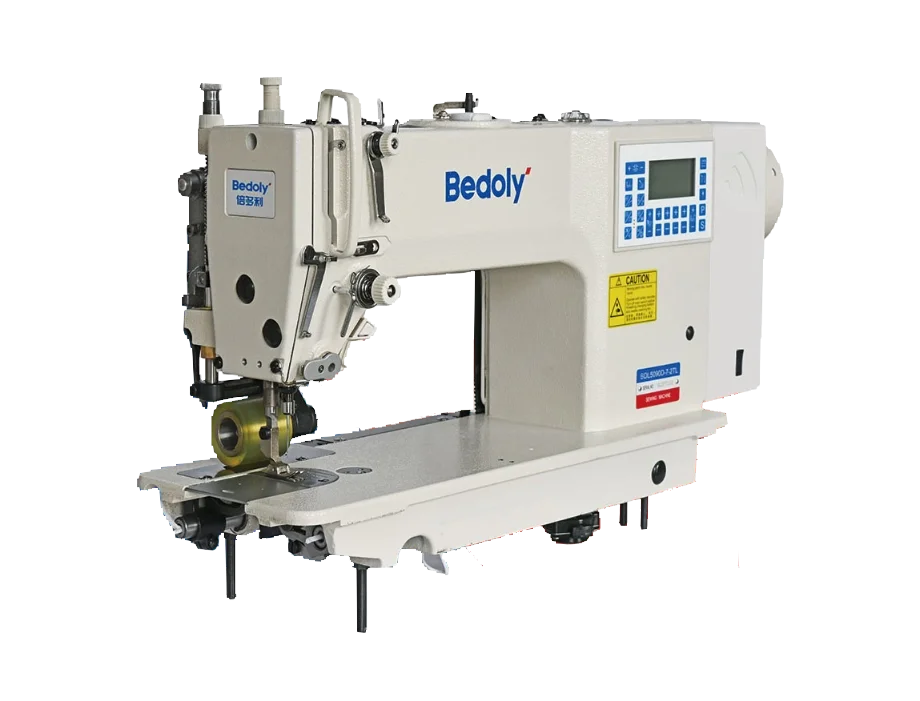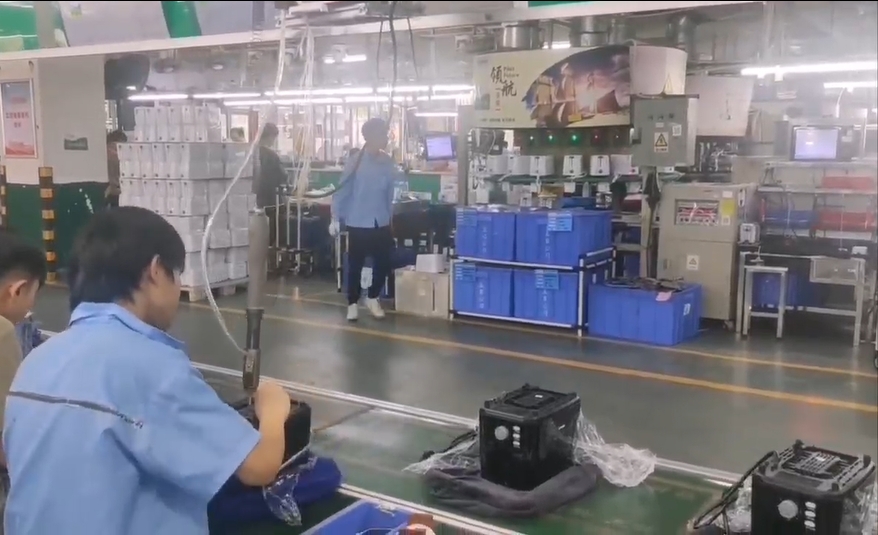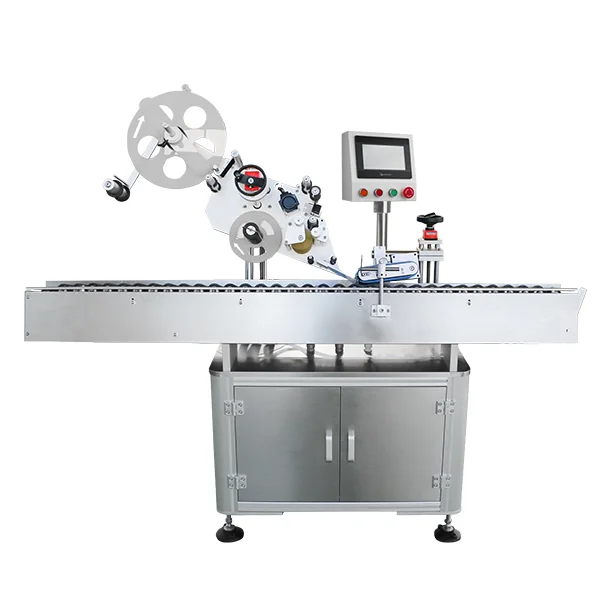The garment industry has undergone a technological revolution in recent years, driven by the demand for higher efficiency, precision, and versatility in sewing operations. Among the innovations reshaping modern apparel manufacturing, the computerized variable top feed lockstitch machine stands out as a powerful tool. Designed with advanced feeding mechanisms and computer-controlled adjustments, this machine addresses challenges that traditional lockstitch machines cannot fully solve.
In this article, we’ll explore the applications, advantages, and significance of computerized variable top feed lockstitch machines in garment production, as well as their role in the broader context of sewing machine research, development, and manufacturing.
Understanding the Computerized Variable Top Feed Lockstitch Machine
A lockstitch is the most common type of stitch used in garment production, known for its durability and clean finish. However, when working with fabrics of varying thickness, elasticity, or surface textures, traditional machines often face problems such as fabric shifting, puckering, or uneven stitching.
The computerized variable top feed lockstitch machine solves these issues with a specialized feeding mechanism that allows the top feed dog to be adjusted independently. Coupled with computerized controls, the operator can easily set precise feeding parameters, ensuring consistent stitch quality across diverse fabrics and applications.

Key Applications in Garment Production
1. Handling Difficult Fabrics
This machine excels in stitching fabrics such as knitwear, denim, leather, and laminated materials, where conventional machines struggle. Its variable top feed prevents fabric slippage, ensuring smooth and stable sewing results.
2. Preventing Fabric Puckering
For lightweight and delicate fabrics—like silk, chiffon, or fine cotton—the machine’s computerized control enables delicate feeding adjustments, reducing the risk of puckering and distortion.
3. Multi-Layer Sewing
When sewing multiple layers, especially in jackets, uniforms, or outerwear, the variable feed ensures even feeding of all fabric layers, maintaining alignment and professional-quality stitches.
4. Decorative and Functional Stitching
Garments often require decorative topstitching or functional reinforcement stitching (e.g., on collars, cuffs, or seams). The precision of computerized control guarantees uniformity and consistency, enhancing both appearance and durability.
5. Production Flexibility
In fast-paced apparel manufacturing, the ability to switch between different fabrics and garment types is critical. The computerized variable top feed lockstitch machine reduces setup time, increasing productivity and adaptability to changing production needs.

Advantages for Modern Apparel Manufacturing
Higher Productivity: Automated settings reduce manual adjustments, saving time.
Improved Quality Control: Consistent stitch formation minimizes rework and defects.
Reduced Operator Fatigue: Less manual intervention means operators can focus on efficiency and garment finish.
Enhanced Versatility: Suitable for a wide variety of garment styles and fabric types.

Role of Sewing Machine R&D, Production, and Manufacturing
The success of computerized variable top feed lockstitch machines is closely linked to continuous research and development in sewing machine technology. Leading manufacturers are investing in:
Smart control systems: For more precise feeding, tension adjustment, and pattern control.
Ergonomic design: To improve usability and reduce strain for operators.
Energy efficiency: Incorporating servo motors and eco-friendly features to lower production costs.
Durability and reliability: Ensuring machines perform under high-volume industrial demands.
By combining R&D expertise, modern production techniques, and advanced manufacturing capabilities, sewing machine companies are shaping the future of garment production with machines that deliver both performance and long-term value.

Conclusion
The computerized variable top feed lockstitch machine has become an indispensable tool in garment production. Its ability to handle diverse fabrics, ensure consistent stitch quality, and improve overall efficiency makes it a game-changer for apparel manufacturers. More importantly, its development represents the ongoing evolution of sewing machine technology, where research, production, and manufacturing expertise converge to meet the needs of a dynamic global fashion industry.
As the demand for precision, speed, and versatility continues to grow, machines like these will remain central to ensuring garment producers stay competitive in the modern marketplace.
Precision Sewing Solutions with the Computerized Variable Top Feed Lockstitch Machine
www.bedoly.net
Ningbo Sanhexin Automation Co., Ltd.


